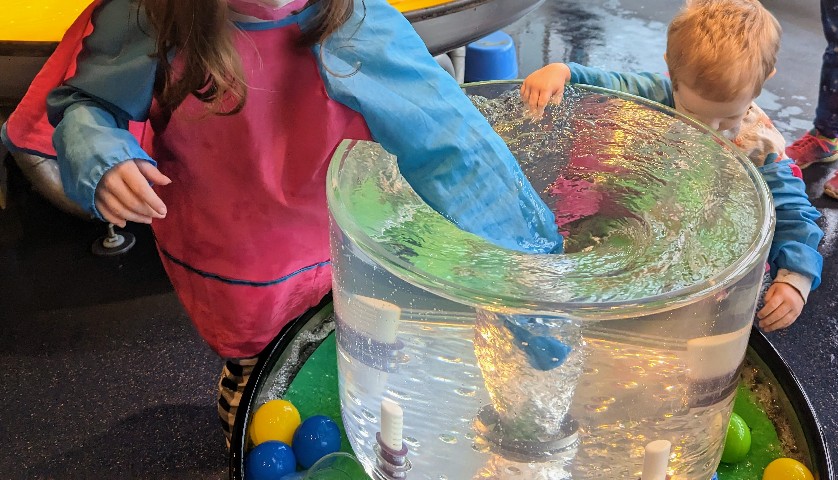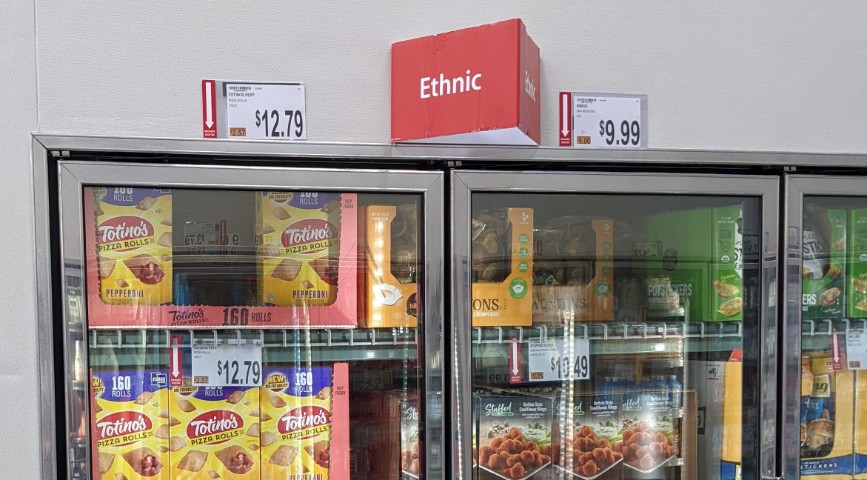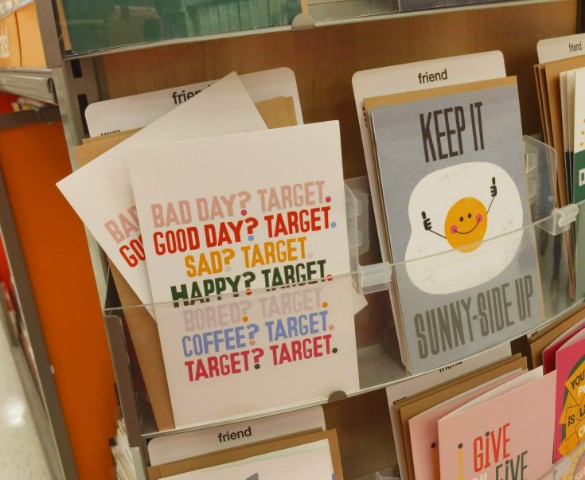The New York I lost
In the course of a decade's absence from the city I love, the face of the city changed almost beyond recognition—but its heart is probably much the same.

Walter's New York
In a 2008 short documentary by Erik K Swanson, a New Yorker named Walter provides a tour of his home in the city. Walter furnished everything himself, and he obviously takes some pride in what he has built for himself — as well he might, because just about everything there he salvaged from refuse, including a desktop computer, TV, and DVD player he repaired himself, and an electric cooktop. The appliances run on an electric supply Walter wired up himself, though from where exactly he refuses to say. And all of this in a home with just one entrance, accessible only by ladder and shrouded in perpetual darkness.
Walter lived in an alcove far above the ground, in a wall of a cavernous, unused space in a train tunnel beneath Riverside Park, on the western shore of Manhattan, just across the Hudson River from New Jersey. On the margins of city life in every way. This tunnel, colloquially known as the “Freedom Tunnel,” sat unused by the railroads from 1980 to 1991, and even when it resumed rail service, parts of it were still ignored by rail operators for years. During this time, the tunnel developed a significant human population, sometimes called “mole people.” It was a rare place where people could live rent-free without constant harassment from the New York Police Department. Before trains returned to the tunnel in 1991, the mole people had a highly developed shantytown, which the police then demolished. But people like Walter managed to live in pockets of the tunnel for years afterward.
The New York I had
I studied as an undergrad at a small college in Manhattan from 2009 to 2012. In the year that I came to the city, Jay-Z released his single “Empire State of Mind” featuring Alicia Keys. It was everywhere in the city during that time, but for some reason, whether it was just the acoustic environments where I heard it or that these shops and restaurants could actually have played a different edit of the track, I didn't really hear Jay-Z's verses on the song for a long time, so all I knew was Alicia Keys's soaring, unironic celebration of the city in her chorus:
these streets will make you feel brand-new
big lights will inspire you
let's hear it for New York
I thought of that chorus every time I saw the night sky overtaken by the orange glow of Manhattan on the horizon as I rode an intercity bus back in through the Bronx, Queens, and Brooklyn from a trip home. But it seemed to me to be about someone else's New York. My existence in the city was mostly comfortable but also very conditional, predicated on enormous student loans I didn't know how I'd pay back and usually unsupported by employment income because I was really bad at getting hired for minimum-wage jobs and my school didn't have a robust work-study program. I found the song a lot more relatable in its view of the city when I heard Jay-Z's verses, which add a heavy layer of irony to the chorus by painting New York as a place of poverty rubbing up against excess and of an exuberant party culture crashing into rampant exploitation and assault:
MDMA got you feeling like a champion
the city never sleeps
better slip you a Ambien
But my favorite song about New York during the time I spent there was Simon & Garfunkel's “Bleecker Street:”
fog's rolling in
off the East River bank
like a shroud
it covers Bleecker Street
fills the alleys where men sleep
hides the shepherd
from the sheep
I loved being surrounded by art while I was in New York. I discovered so many artworks and ideas that have shaped my life in the ensuing years. But I could always sense and often literally see the edge of desperate struggle that followed so many people trying to make a life for themselves in the city. Eventually I knew that as my undergraduate studies grew to a close, I would not immediately have the ability to find work that would financially sustain me in the city without that kind of struggle I saw whenever I was catching an early morning departure in the subground level of the Port Authority Bus Terminal and the police came by evict anyone caught sleeping there without a bus ticket to show. It was one reason I dropped out of school when I did.
David Bowie's New York
I read once that when David Bowie's children were grown, and he had stopped touring and recording for health reasons and settled down in New York City with his wife Iman, the city became a sort of cultural playground for him. He would spend all day out in theaters or cinemas, art galleries, museums, &c, just having a grand old time. He had an ingenious disguise that allowed him to move about undisturbed; all he had to do was carry a Greek-language newspaper and no one would approach him. Presumably, the mental process that went on in people thrown off by this mechanism was something like: Holy shit, is that David Bowie? No, must be some old Greek man who looks just like him.
The city affords a sort of anonymity it's hard to find elsewhere. Being there quickly inures you to the shock of meeting someone who comes from somewhere completely outside your cultural norms. Whatever kind of day you're having, and not matter how much it shows, you're probably not the most interesting thing anyone on the subway has seen this week. People in New York are often willing to allow each other to be invisible to a certain degree. It's something I sometimes miss, the ability to be surrounded by other people and still not feel especially seen.
New York's strange new children
Several new skyscrapers have popped up along “Billionaires' Row”, like Central Park Tower, 111 West 57th St, and 432 Park Ave. When I revisited the city in March 2023 for the first time in over 10 years, they were a stark reminder of how long I'd been gone. They were off-limits, too; photographer Andi Schmied posed as a mega-wealthy socialite in order to tour apartments in these supertall skyscrapers for her book Private Views: A High-Rise Panorama of Manhattan. In a Vice mini-documentary, she showed how these exclusive views from eyesore buildings are bought and sold as investments and tokens of status and wealth, and how a real estate agent coached her to beg her imagined husband to buy one of these multi-million-dollar apartments for her. I tried not to think about them too much, because they made me uneasy.
Some intriguing public projects that were still in early stages when I had left the city had come to fruition while I was gone. Much more charming than Billionaire's Row was the finally-completed Second Avenue subway line, with a gleaming station just outside Heidelberg Restaurant in Yorkville; I'd have used this line often when attending classes if it had existed at the time. The High Line Park, built on a stretch of long-disused elevated railway on the west side of Manhattan, was also complete; only a shorter section at its southern end had been completed last time I had seen it. At the park's northern end was another project that was just getting started when I had left the city, an enormous cocoon of open staircases comprising an interactive sculpture called Vessel. I had wanted to visit, but in the time since it had opened, Vessel had been the site of a number of frankly foreseeable fatal incidents, and was closed to visitors, so I mearly walked by, struggling to see it through the raindrops running down the fogged lenses of my glasses. A number of less deadly public art installations dotted the High Line, though. A spinning tornado made of black foam rubber (Windy, by Meriem Bennani). A strange pair of digital binoculars that gave me a view over the street while also projecting a live video of my eyes on a large video screen visible to passing motorists (Observer, Observed by Julia Phillips). Completed, too, was One World Trade Center. I could have easily stopped in; I took a subway train through its station. But weirdly the Ground Zero hole had occupied such a space in my mental map of the city that it was hard for me to imagine what I would even do when I stepped inside. I passed it by.
The still air in a men's room stuck in time, the moist air in a room full of dirt
The first thing I had resolved to see when I got into the city was a work of art that, somewhat embarassingly, I had only learned about from Atlas Obscura, Keith Haring's mural Once Upon a Time. Haring's iconic cartoonish designs have been a presence throughout my whole life, though he died about a year before I was born. In particular he drew some animated segments that ran for years on Sesame Street, but his unmistakable, blobby stick-figure people and dogs continued to appear in promotions for charities, on clothing, and so on, and were warmly familiar to me. But what I didn't get to see growing up in a post-Haring world was the less “family-friendly” work he did that wasn't getting mass-reproduced in this way. Haring was invited to paint Once Upon a Time on the walls of a men's washroom of the Lesbian and Gay Community Services Center (now the Lesbian, Gay, Bisexual & Transgender Community Center) as part of a larger art show in the building. Today all the fixtures (sinks, toilets, urinals) have been removed, but the room remains open free of charge to visitors. There's still a whitewashed cast-iron radiator, pipes along the walls, old white tile lining the floor, a mirror along one wall, and a sign admonishing visitors to wash their hands. The art itself features those familiar Keith Haring designs, but the subject matter is something entirely different from Sesame Street; the scene is an ecstatic orgy, with fantastical penises snaking their way across the walls and people (some of them stick figures, some more detailed, one sporting a United States Marine Corps tattoo) enjoying them and each other in various ways. It's black line art on white walls, but even without a riot of color it's as vivid as anything Haring ever made. But experiencing it in the room where Haring himself stood on a ladder and painted all this stuff was also a haunting experience for me, knowing it's about the closest I could ever get to meeting the artist in person. I left shortly after two other visitors walked in. I wasn't sure how to share the space with them and felt awkward about it; my impression was that they were an art (or maybe art history) professor and student from a local college, and I was just some doofus; I wanted them to have their own moment with the art.
I also went out of my way to see another work of art in the city that had been there before I was born, and that I had only recently heard of, the New York Earth Room created by Walter de Maria. To put it simply, it's a second-floor studio apartment in Manhattan's SoHo neighborhood filled with dirt. During certain limited hours, when someone is minding the desk at the entrance to the apartment, you can visit the room full of dirt for free. You're not supposed to enter the dirt; it's kept behind a low plexiglass wall. And there's a sign on the way in conveying the late artist's request that no one photograph the dirt. But you can gaze at and smell and even listen to the dirt, which is what I did as soon as I found myself standing alone in front of it. I pulled off the mask I had been wearing on the sidewalks outside and breathed in the smell of dirt. I felt the moisture in the air; surely the dirt was teeming with microbial life. The Earth Room was a special, even spiritual experience for me. Certainly I've seen dirt in my life, but there was something very arresting about seeing so much dirt in an otherwise sterile, sheltered space. Bare walls, no wind, no precipitation, no hint of the chatter and vehicular noise of the street outside. No visible plant or animal life, no sky. It felt like standing in front of an incomprehensible giant, alive but profoundly still. By my estimation it's the closest experience I've ever had to visiting a Shinto shrine.
What happened to the Met
And then there's the art I didn't see while visiting the city. Back when I was a student in New York I made very frequent trips to the Cloisters, a museum of medieval European art hidden away in the middle of a park on a steep hill near the northern end of Manhattan. The building itself is medieval, in the sense that its design showcases design elements of medieval monastic architecture, and the structure physically incorporates salvaged pieces of medieval ruins.
Visiting the place felt like an act of pilgrimage. First I'd have to take the A train almost to its northern terminus, and disembark through one of the city's deepest subway stations, so deep that exiting to the park overhead involved taking a large elevator operated by an MTA employee seated at a console inside. Then when I surfaced it would take fifteen minutes or so of hiking through the park before I had a clear view of the museum. (This part of the journey was covered by a bus route, but I always walked for the full experience.)
Organizationally, the Cloisters is part of the Metropolitan Museum of Art, whose enormous main collection is in a monumental public building set into the eastern edge of Central Park. I loved and visited this museum too, though maybe not as often as the Cloisters. At that time, general admission to the Met (including both the main museum and the Cloisters, if I visited both in one day) was by suggested donation, which is why I was able to visit so often but never set foot in other institutions like the Guggenheim or the Frick Collection. If I could only afford to pay $1 or 25¢ (which was usually the case at the time), I could still get in.
Once, while sitting in the gallery that lines the courtyard within the Cloisters, I was approached by an older visitor who was concerned about the state of the museum. He said that in his youth the courtyard was full of life, that at students would bring their sketchbooks and that people would sometimes perform music there, and he wanted to know why there was now a glass wall around that courtyard. I explained to him that everything he remembered from the past still happened there when the weather was right, and that the glass wall was only a temporary insulation measure for the coldest months of the year.
I had my own perhaps overblown geriatric complaint about the state of the museum when I came back to visit New York in 2023. It turns out that the “pay as you wish” admission policy of the Met has been modified in the intervening years and now only applies to residents of the state of New York and to students of New York, New Jersey, and Connecticut schools. Since I had planned a packed itinerary for in the city for myself and only 26 hours to do it all, I was only going to have an hour or two in either Met museum, and paying a full admission price nearly equal to what I was spending to sleep in a hostel that night felt like an unjustifiable expense. It turns out this was not an entirely uncontroversial policy change. As Aimée Lutkin pointed out for her Jezebel article “The Met Should be Fucking Free”, the Met was founded on the principle of granting the public universally affordable access to the ill-gotten art collections of the city's notorious robber barons. In changing their admission policy, the organization essentially decided that this public does not include tourists like myself, or even (and more alarmingly) commuters who live just across the Hudson River in New Jersey's segment of the New York metropolitan area. For me it's another small thing that makes the city seem less like a nearby community only a day trip away from home and more like a circumscribed city-state I can visit only with appropriate financial and logistical planning. Maybe that's not so bad. But it's weird to think that if I were a service-sector worker from Hoboken who could see the New York skyline from work, I'd have to pay the same admission as any tourist.
Ghosts of commerce past
As a broke student, some of my favorite haunts in the city were in the vicinity of Manhattan's Chinatown. On rare occasions when I could spend enough money to eat in a restaurant, my go-to was Shanghai Cuisine on the southeast corner of Bayard and Mulberry, open to the sidewalk in fair weather, with its red melamine chopsticks, vintage Chinese posters, Tsingtao beer ads, and an extensive but surprisingly affordable menu including personal favorites like soup dumplings and Vietnamese-style iced coffee with condensed milk. If I was ready to splurge there were also my preferred shopping destinations on or near Canal Street. I might buy pens with a student discount at Pearl Paint on Canal. I could buy a can of Thai iced tea or Mr. Brown macadamia nut iced coffee at Sun Vin Grocery on Mulberry and assorted candy at Aji Ichiban on Mott. I could buy kitchen utensils, a small notebook, a water bottle, or even an electric kettle at Pearl River Mart on Broadway.
Aji Ichiban's New York store and Shanghai Cuisine are now both long gone, presumably due to the usual market forces. Pearl Paint, once a veritable institution patronized by droves of art students perusing its multiple floors of supplies and using its rickety, antique elevator and miserable single-occupant toilet, was caught up in a major financial crimes investigation that drove it out of business. Pearl River Mart closed in 2016, unable to renew its real estate lease, but later reopened, although that specific building I browsed so many times is now just one of many chapters in the store's long history of lease-hopping and dogged survival in the city. But somehow Sun Vin Grocery hasn't gone anywhere.
Sic transit gloria mundi
A major focus of my visit was the New York Transit Museum in Brooklyn. The city's subway system in particular has always been the city's most interesting feature for me and is implicated somehow in most of my memories of the place. So after so much time away I felt it was finally time to visit the one public institution that most thoroughly documents this aspect of New York. Fittingly, the museum is contained within a working subway station, obsoleted for passenger transit by the opening of more convenient stations nearby but still capable of receiving rolling stock along its platform, which the museum uses to provide guests access to a rotating collection of vintage train cars spanning the history of the subway and some of its predecessor railways with livery, interior trim, and even advertisements all period-appropriate for each car.
Stepping through NYC transit history, I was practically in heaven. Much of the system is still an accessibility nightmare and its lack of platform doors contributes to a startling number of fatal accidents every year, but it's the oldest and most extensive urban transit system of its kind in the Western Hemisphere, and that it exists at all is still an awesome feat of engineering and urban planning. Every aspect of the city's history since the subway was first constructed is embodied in its train cars: epidemics of Spanish flu, tuberculosis, HIV/AIDS, and COVID-19, two World Wars, the still-incomplete project of racial integration in this country.
The triumph is still overshadowed at times by the evils of our sick society. It was some months after this visit that a passenger named Jordan Neely died on the F train under downtown Manhattan. He had just boarded the train and began screaming about he had no food or water, and that he was ready to go to jail or to die. The thing that gets to me about this story is that up to this point it's all too familiar. It's the kind of struggle I saw all the time when I was a student in the city. But what happened next was something I never witnessed myself: another passenger strangled Neely to death, and over the next few weeks various pundits and political figures held up his killer, retired marine Daniel Penney, as a hero who protected the train's other passengers from whatever we're meant to imagine Neely would have done if he were allowed to live, relying on assumptions about what a homeless and mentally unstable black man will do in public, what a clean-cut white veteran should fear from him, and what should be done about that fear. Neely's death thus became a contested spectacle of violence like the similar 2014 police murder of Eric Garner on a Staten Island sidewalk or countless other such incidents across the country. I can't help but think that it could have instead amounted to nothing, like the many personal crises that I saw unfolding in the subway system, and that Neely might have had a chance to find a more stable living situation, even if he did end up passing through jail and inadequate shelters along the way.
A night on Amsterdam
For all that people say about New York being “the city that never sleeps”, the fact of you'll find very few people on the streets by 5:00 A.M. I knew I'd want to sleep at least a few hours in the city, but I was too broke to justify booking a night at any actual hotel in the city, so I opted to spend my first ever night in a hostel the Hostelling International New York City Hostel on Amsterdam Avenue in Manhattan Valley. I was a little nervous that I'd be wildly out of place because people call these “youth hostels,” but the reality was that I was probably not the only thirty-something in the place; what we principally all had in common was that each of us needed a relatively cheap bed in NYC for the night and didn't mind sleeping in college-dorm-like conditions, with several bunk beds to a room and shared bathrooms. In the lounge where I relaxed and read for a short while before bed, someone probably older than me was even studying guitar without a sign of social anxiety. The bedroom itself was quiet; it seemed everyone there knew they had somewhere to be in the morning. It was a good solution for one night. But long-term stays are not allowed at the hostel, and I was reminded again of the one thing that could dissuade me from living in the city when I was single, the problem of where to sleep.
Not gone, but perhaps forgotten
After New York's particularly harrowing experience of the pandemic in the late winter and spring of 2020, it was tempting for some people to speculate that the city was socially or culturally over and done for. But it's not at all true. The diverse arts scene persists, vital institutions like the Met are hanging on through internal conflicts over leadership and policy direction, the trains are still running, and somehow a lot of people who can't really afford to live in the city continue to do so through sublets, lease-sharing, or family arrangements. For all the doom and gloom, the core things I love about New York haven't really gone anywhere—or if they have they have, they've only moved a few doors down like Pearl River Mart. What's changed is that I've lost track of New York, that it has grown without me and now I have a harder time recognizing its face. There is no grand tragedy here; the city hasn't fundamentally lost its way. Just a much smaller, personal tragedy: the city has slipped out of my reach.
Where not otherwise noted, the content of this blog is written by Dominique Cyprès and licensed under a Creative Commons Attribution-ShareAlike 4.0 International License.
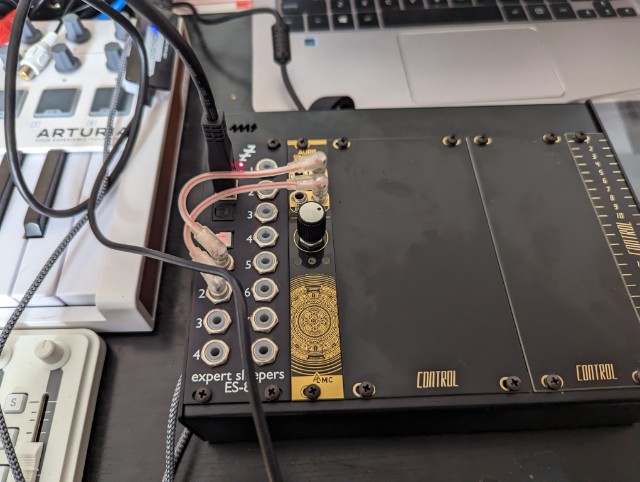
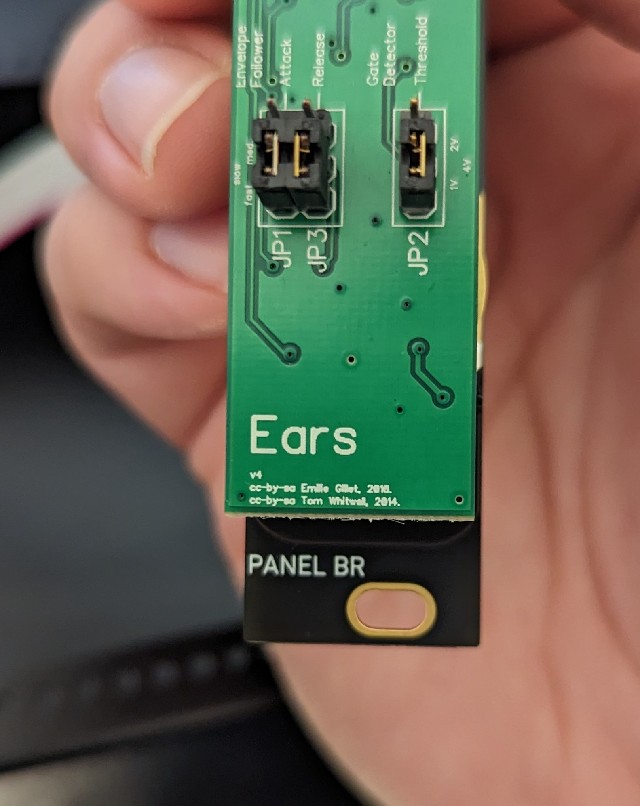
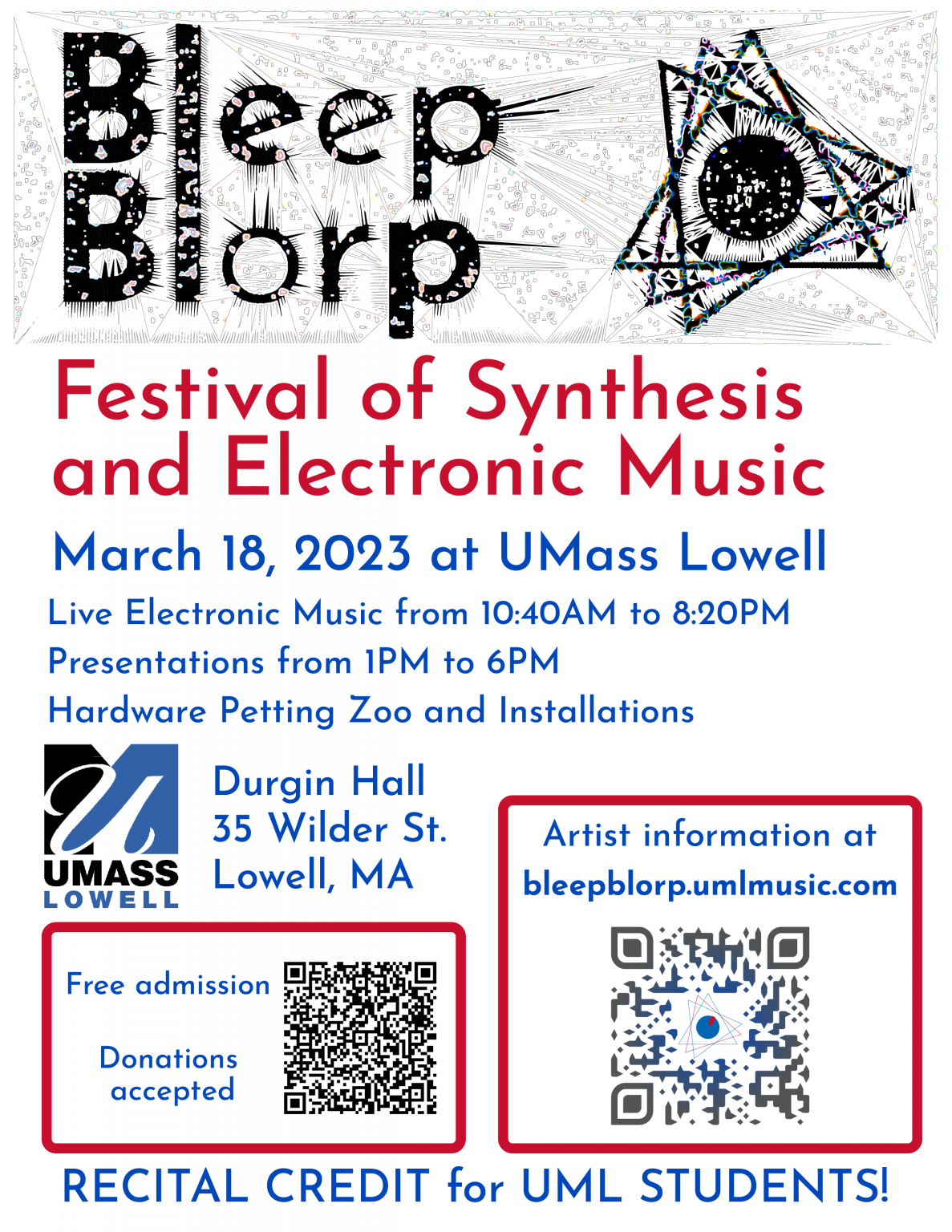


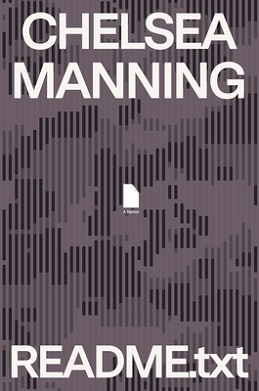

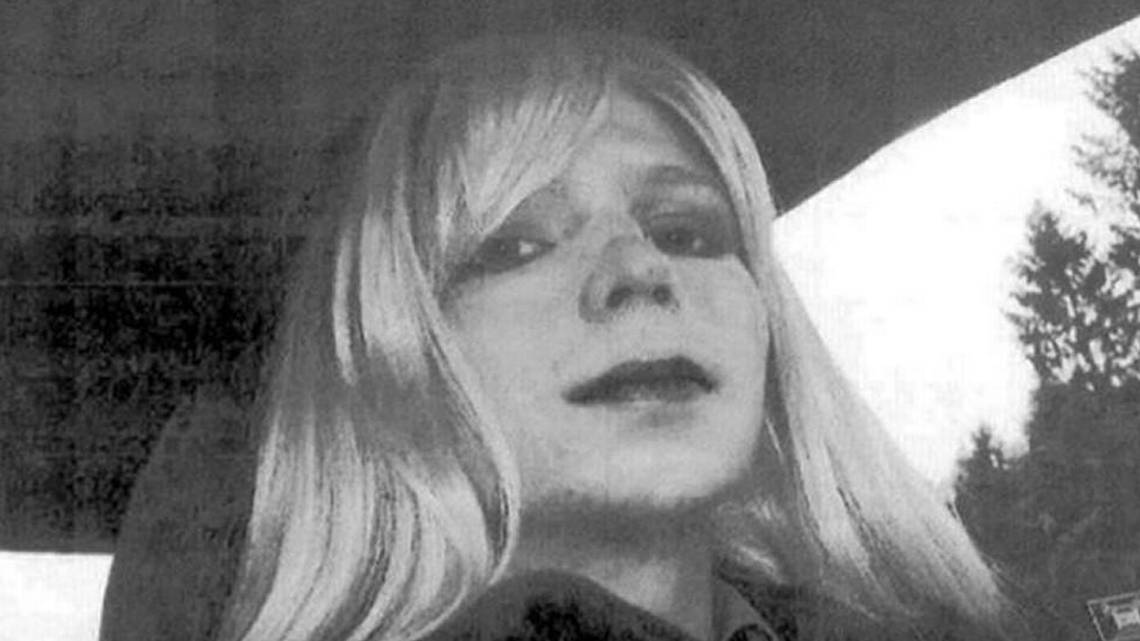
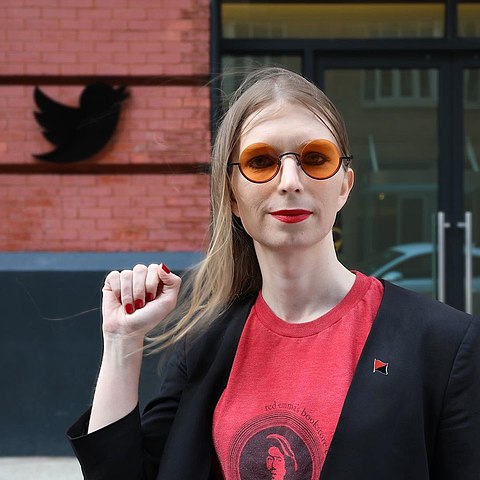 This photo by Chelsea Manning is provided under
This photo by Chelsea Manning is provided under 